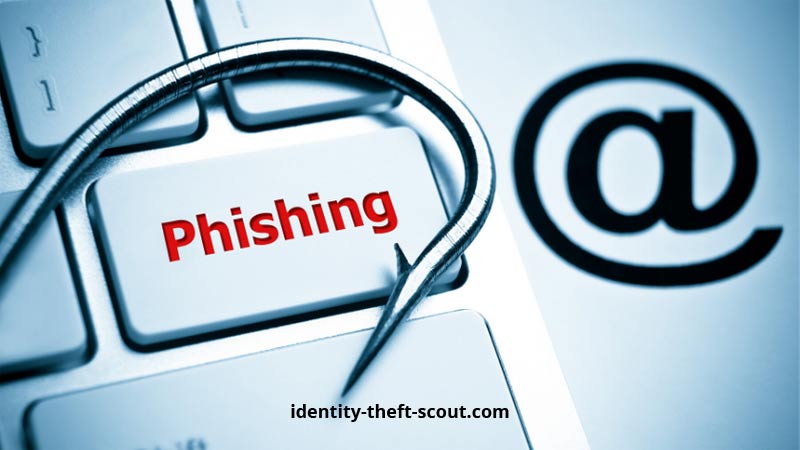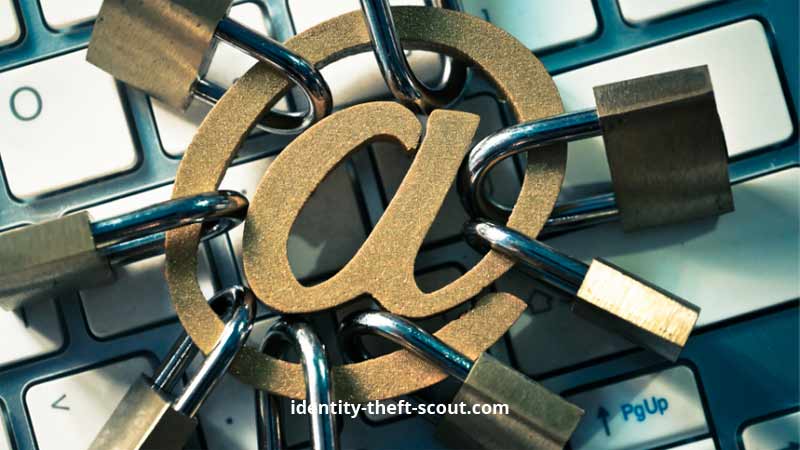One of the most common ways cyber criminals pose a threat to cybersecurity is through phishing attacks. These attacks are so frequent and have targeted a lot of companies in recent years. Some have regarded it as the most significant challenge to cybersecurity.
Phishing attacks are happening every day, and no one is immune. Whether you own a large corporation that has multi-million dollar assets or you manage a small brick and mortar store, no one is an exemption.
According to studies, 62% of businesses have experienced phishing and social engineering attacks. It even causes millions of losses to big companies like Facebook, Google, Xoom Corporation and a lot more. As most cybercriminals use fake emails to start their phishing attacks, many businesses fall for their traps. As a business owner, there are ways you can prevent these attacks from happening.
What is Phishing Attack?
A phishing attack is a cybercrime that targets an individual and employees to give personal information and confidential data like bank account details, credit cards number and security passwords. Cybercriminals commonly use emails, text messages, and even social media to conduct these phishing attacks.
When cybercriminals get hold of this sensitive information, they will start to initiate illegal bank transfers, fraudulent purchases, credit card charges and other ill-gotten activities. To make it worse, it can serve as a backdoor for hackers to get your system and steal your company’s data. Oddly, many employees fall victim to these types of schemes. A regular employee, receive a hundred emails per day, making it hard to spot a phishing attack or fake email in an instant.

Cybercriminals and scammers launch billions of fake emails every day. These fraudulent emails may want to trick you into handing over your passwords, bank information, credit card details or other sensitive information where you are working. More often than not, these scammers are successful in encouraging an employee to give out this confidential data.
How To Spot a Phishing Attack Email?
Though it would be a bit hard for you or your employee to verify each email received each day, and while these scammers update their strategies now and then; there are warning signs that can help you recognize a fake email quickly.
1. They Look Like Being From A Company You Know
These phishing emails may look like from your current bank or any bank you’re familiar with, a payment channel, a credit card company, an online app, a website or even a social networking site.
2. There Is Sense Of Urgency
Fake emails do not bother to make a connection with you; instead, its message conveys a sense of urgency on whatever action it asks you to do. It usually uses a generic greeting or none at all.
3. Contains Little To No Explanation
Sometimes, phishing emails just contain a code and nothing else. The whole email may include a hyperlink, so even if you just click anywhere on the content body, it can also take you to a dubious website or allow malware to download in your system.
4. Wrong Spelling and Grammar
Probably the easiest way for you to spot a phishing email is in the way the email was written, and the way words were spelt. Legit companies make sure that their grammar and terms are correct.
Ways To Prevent Phishing Attacks In The Workplace
To help prevent phishing attacks from happening in your workplace, here are some things you can do to ensure that your company will not fall into being a victim to these type of attacks.
1. Educate Your Employees
Your employees are your first line of defence; therefore, it is essential to educate them on how to identify phishing attacks. Some of the most significant attacks and scams recorded in history were caused by human error that caused millions and even billions of dollars in damage to some companies.
Employees often serve as an entry point to these attacks, which makes them a vulnerable entry point. Equipping them with the right knowledge for recognizing malicious emails and dubious content can help you, your business and your company prevent cybercriminals from infiltrating your system.
As you train your employees to be cautious with the emails they receive or any communication they encounter that looks malicious; they will also be able to protect themselves from these hackers.
Some hackers will only go as far as stealing a person’s finances, valuable information or steal his identity. However, many use this as a stepping stone to make a more damaging phishing attack as they use the stolen identity to create a link within the organization.
2. Mandate Multi-Factor Authentication
Two-factor authentication is a simple way to have another layer of security to you and your employees’ accounts. It can help reduce the chances of accounts being compromised and being taken over by hackers.

However, to further elevate your layer of security against scammers and cybercriminals, you can add multi-factor authentication. The additional credentials you need to access your accounts can either be a passcode you get via text or a scan of your fingerprint, your retina and even your face.
These authentication methods make it harder for scammers and hackers to deliberately access any account that can lead to an infiltration of your system. Having two-factor or multi-factor authentication is a must and should be required for all employees.
3. Invest In Some Good Antivirus Software
It’s already 2020 and having antivirus software in your computer or your system is not a luxury anymore. It has already become a necessity. Invest in some good antivirus software for your team. Antivirus software will not only protect you from phishing attacks but from many other types of cybersecurity threat that you might encounter.
Installation of antivirus, however, is far from being enough. It is vital to keep your antivirus solution updated as it may contain vulnerabilities in the program. Patches from updates find and fix these vulnerabilities that hackers may take advantage of to launch their phishing attacks.
4. Update Your System
Experts have always been keen about this. It is crucial to keep your system updated as it helps prevent any cybersecurity breaches like phishing attacks from happening. When systems are not updated, it may have loopholes that can be used by a hacker to exploit to gain access to your system.
Do not be lax in maintaining security measures, especially when it comes to your backend. As a small business with no dedicated IT personnel or IT department, keeping cyberattacks at bay is a challenge. However, keeping your system in its prime will not give any phishing attacks an entry point to cause any severe damage.
Final Thoughts
Phishing attacks can do a significant blow in your company. While cybercriminals and hackers excuse no one when it comes to their harmful activities, it is best to be always prepared for any possible attack. Be vigilant and always be on the lookout.
Do not underestimate the capacity of these hackers and always prepare for the worst. Make your defences reliable and secure. Always remember that the first step to preventing any phishing attack from happening should start with you.
Author Bio:
Maricar Morga worked as a marketing professional for almost a decade. She became part of the biggest real estate company/mall operator in the Philippines and handled concerts, events and community service-related activities. One of her activities became a nominee in the ICSC Asia-Pacific Shopping Center Awards 2018. Leaving her corporate job for good to pursue her dreams, she has now ventured in the path of content writing. A Harry Potter fan, she loves to watch animated series and movies during her spare time.


